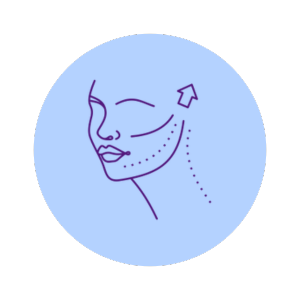
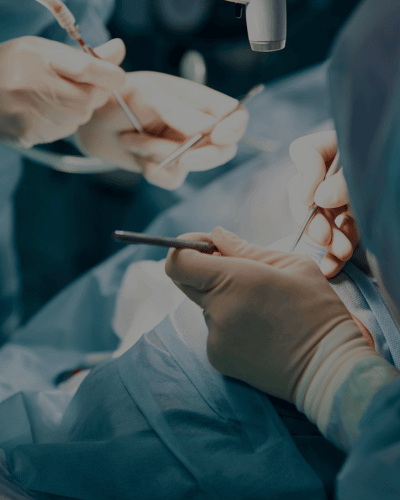
Open rhinoplasty is a complex surgical procedure that aims to improve the aesthetic appearance and functionality of the nose. It is the choice for patients seeking changes in the shape, size, slope, width and shape of their nose, as well as for the correction of functional disorders such as deviated nasal septum or nasal obstructions.
The operation is performed under general anaesthesia. The surgeon makes an incision in the skin between the nostrils, exposing the cartilage and bone structure of the nose. He then shapes or reconstructs the nose as needed for the surgery. The incisions are modified and repositioned where necessary in the cartilage and bone, and the size and shape of the nostrils are adjusted. This procedure allows the doctor to perform detailed surgical interventions with precision.
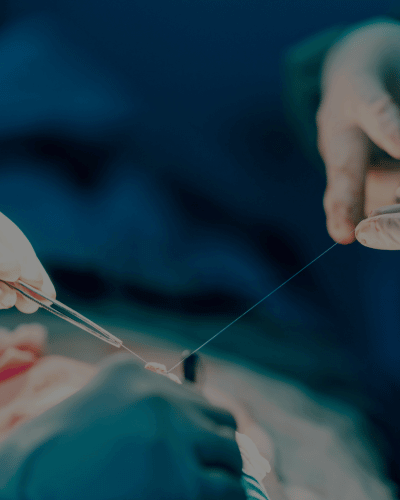
Closed rhinoplasty is a discreet and less invasive surgical option for those who wish to improve the appearance of their nose without strong visible scars. In closed rhinoplasty, all incisions are made internally, inside the nostrils. This means that there is no visible scar on the outer area of the nose at all. This procedure allows the nose, especially the tip and tip of the nose, to be shaped without fully opening the nasal structure.
The surgeon works through narrow openings and has limited visibility, which makes it necessary to choose a competent and experienced surgeon. Closed rhinoplasty is usually performed under general anaesthesia and lasts from 2 to 4 hours.

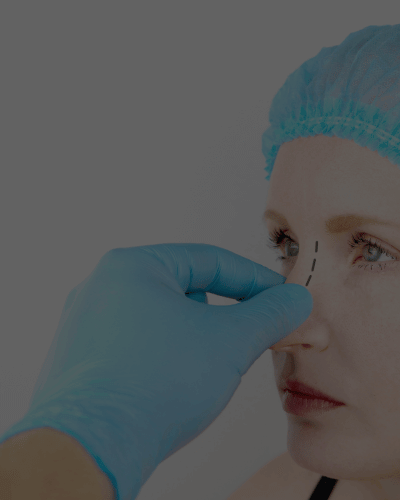
Functional rhinoplasty is a surgical procedure that aims to restore the functional problems of the nose, repairing problems that affect good breathing and the health of the individual. Functional rhinoplasty focuses on correcting anatomical abnormalities of the nose that cause breathing problems. More specifically, this procedure can address conditions such as a crooked septum, hypertrophic nasal niches, and nasal polyps.
This procedure is usually performed in conjunction with cosmetic rhinoplasty when the patient also wishes to improve the appearance of their nose. Using modern techniques and the expertise of a skilled surgeon, functional rhinoplasty achieves restoration of breathing with less risk of complications.
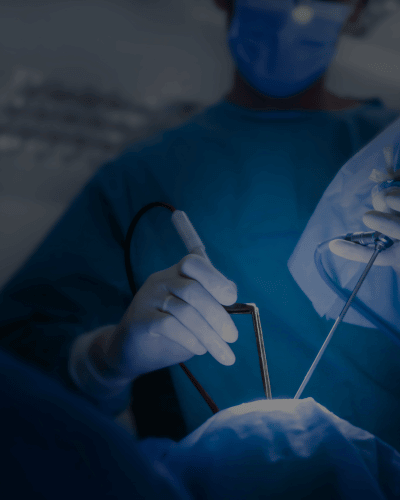
Ultrasound rhinoplasty is an advanced technique in the field of plastic surgery, offering precision and immediacy in nose procedures. Thanks to the use of a piezotome, the surgeon is able to intervene in detail, avoiding extensive damage to the surrounding soft tissues.
This technique uses the piezotome, a modern instrument that emits ultrasound at a frequency of 25-29 kHz, capable of sculpting the bones and cartilage of the nasal cavity. This allows very detailed corrective procedures to be performed without causing damage to the soft tissues, ensuring a safe and detailed rhinoplasty.
The procedure begins with the placement of general anaesthesia. The surgeon makes the necessary microscopic incisions and uses the piezotome to shape the anatomy of the nose with precision and minimal strain. Upon completion of the procedure, the incisions are closed and the patient is monitored for any follow-up needs before being released to recover at home.
Choosing ultrasound rhinoplasty requires a detailed consultation with the surgeon to determine if it is the most appropriate method for the patient's case, based on their needs and expectations.


Augmentation rhinoplasty is a specialized procedure in plastic surgery that involves the use of grafts to correct, enhance, or change the anatomy of the nose. The result is an improvement in both the appearance and functionality of the nose.
Augmentation rhinoplasty is a surgical procedure that uses a graft to enhance or change the shape of the nose. Grafts can be autologous (derived from the patient) or synthetic, depending on the needs and preferences of the individual.
The procedure usually involves open rhinoplasty, as it requires careful placement of the grafts and precise modification of the nose anatomy. The surgeon makes small incisions to insert the grafts and may use sutures to ensure the stability and quality of the result.
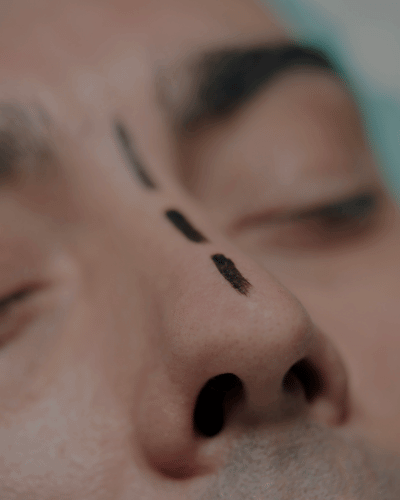


Rhinoplasty is a specialized procedure that focuses on correcting and improving the tip of the nose. It is an intervention that can dramatically change the appearance of the nose, repairing imperfections that may be affecting facial harmony and aesthetics.
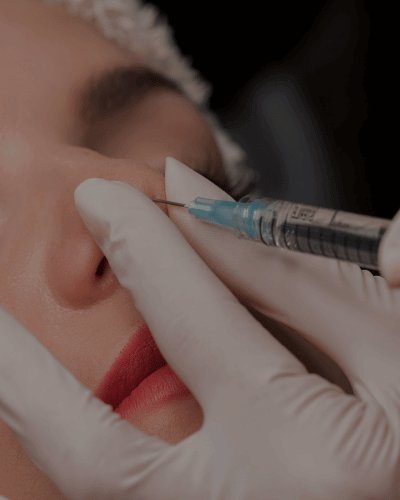

Reconstructive rhinoplasty is a procedure where it often involves reusing or replacing cartilage or bone structures, correcting the errors of the previous rhinoplasty and improving the functionality of the nose. Reconstructive rhinoplasty requires a high level of expertise and experience. Choosing a qualified surgeon, who has experience in these types of cases, is critical to the success of the correction. With proper preparation and realistic expectations, patients can expect improved and satisfactory results.
Design & Development by Pixel Design